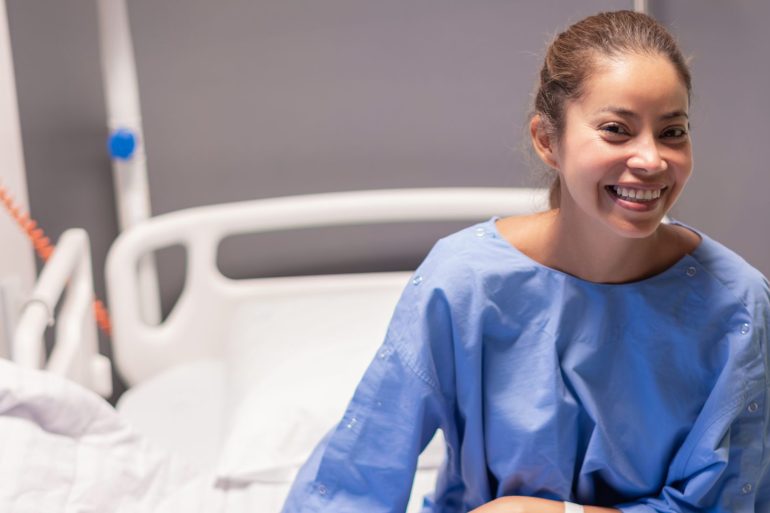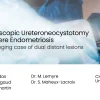Summary: Patients scheduled for laparoscopy for endometriosis may need to attend a...
Laparoscopy Explained
Laparoscopy is a minimally invasive surgical technique that uses a small camera and specialized instruments inserted through small abdominal incisions. In gynecology, laparoscopy is used to diagnose and treat conditions such as fibroids, endometriosis, ovarian cysts, ectopic pregnancy, and uterine abnormalities.
Compared to open surgery, laparoscopy usually means shorter hospital stays, faster recovery, less pain, and smaller scars.
Our video library demonstrates advanced laparoscopic procedures performed by Canadian and international experts, highlighting safety, innovation, and patient-centered care.
Laparoscopy FAQs
What is laparoscopy, and how is it used in gynecology?
Laparoscopy is a minimally invasive surgical procedure that uses a thin camera (laparoscope) inserted through small incisions in the abdomen. In gynecology, it is used for diagnosis and treatment of conditions such as endometriosis, fibroids, ovarian cysts, adhesions, and ectopic pregnancy.
What are the benefits of laparoscopic surgery compared to open surgery?
The benefits of laparoscopy include:
Smaller incisions and less scarring
Shorter hospital stays
Reduced postoperative pain
Faster recovery and return to daily activities
Lower risk of infection and complications
What conditions can be treated with laparoscopy?
Common gynecologic uses include:
Removal of ovarian cysts and tumors
Treatment of endometriosis
Myomectomy (removal of fibroids)
Hysterectomy (uterus removal)
Repair of cesarean scar defects
Diagnosis and treatment of chronic pelvic pain
How do surgeons perform laparoscopic surgery?
A small incision is made near the navel to insert a laparoscope, and carbon dioxide gas is used to inflate the abdomen for better visibility. Additional small incisions may be made for instruments. Surgeons use advanced tools to cut, remove, or repair tissues while viewing the procedure on a monitor.
Is laparoscopy safe?
Laparoscopy is generally very safe when performed by trained surgeons. Risks include bleeding, infection, injury to nearby organs (such as bladder or bowel), and complications from anesthesia. These risks are uncommon, and most patients recover without issues.
What is recovery like after laparoscopy?
Most patients go home the same day or after a short hospital stay. Recovery is usually faster than open surgery, with many people resuming light activity within a week. Full recovery can take 2–4 weeks depending on the procedure. Common short-term symptoms include mild abdominal pain, bloating, and shoulder pain from the gas used during surgery.
Will I have visible scars after laparoscopy?
Scars are usually small and fade with time. Most incisions are made in the belly button or lower abdomen and are often barely noticeable once healed.
Can laparoscopy affect fertility?
Laparoscopy can actually improve fertility in some cases, such as when it is used to treat endometriosis, fibroids, or blocked fallopian tubes. However, risks such as adhesions or scar tissue are possible, though rare.
How should I prepare for laparoscopic surgery?
Your doctor will give detailed instructions, which may include fasting before surgery, adjusting medications, and arranging for someone to drive you home. Setting up a comfortable recovery space at home can also help.
Are there alternatives to laparoscopy?
Yes. Some conditions can be managed with medication, hormonal therapy, or open surgery in more complex cases. Your doctor will recommend the safest and most effective approach for your condition.










